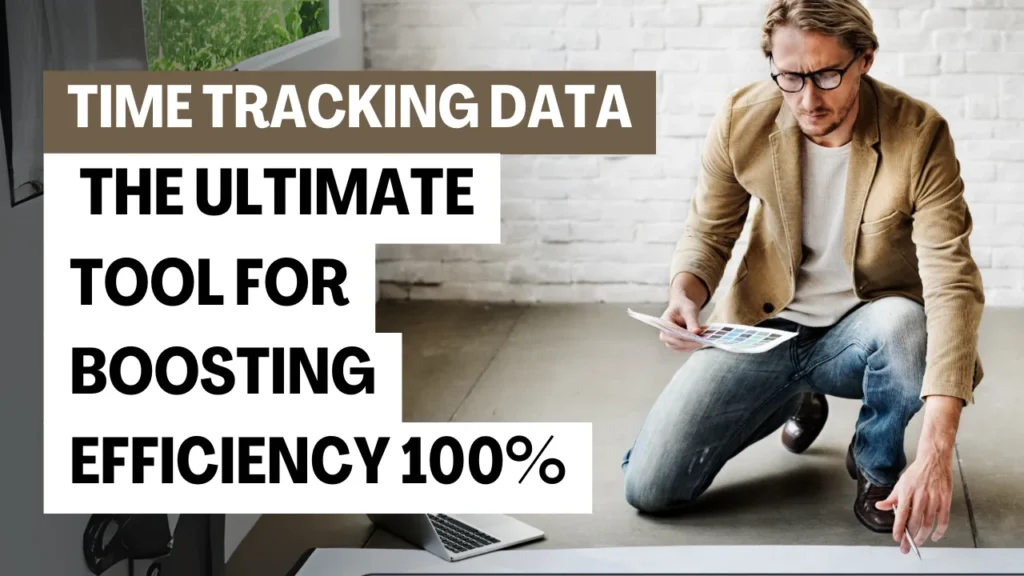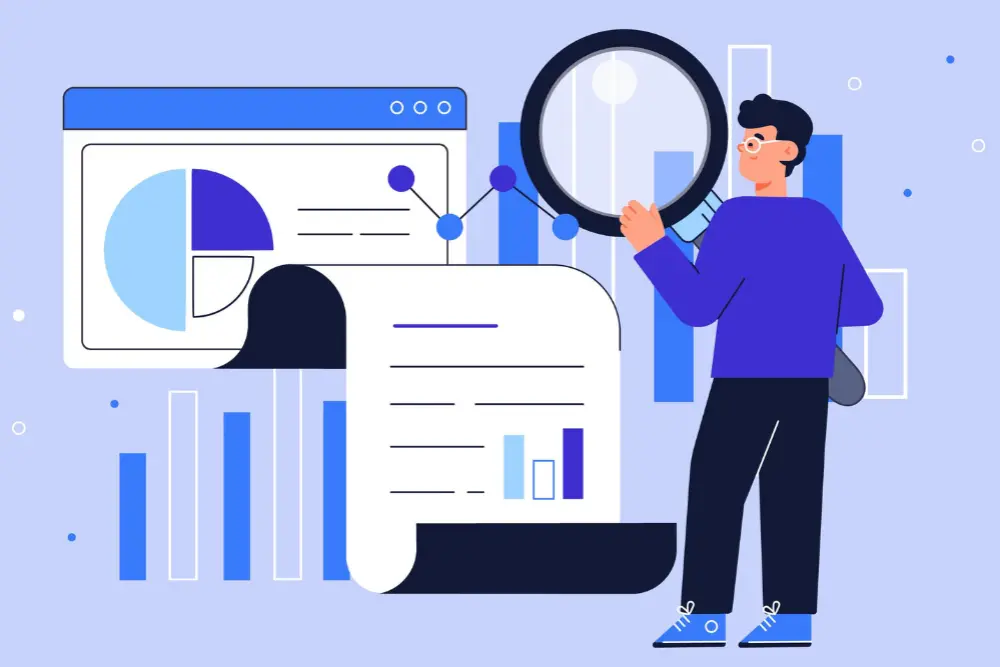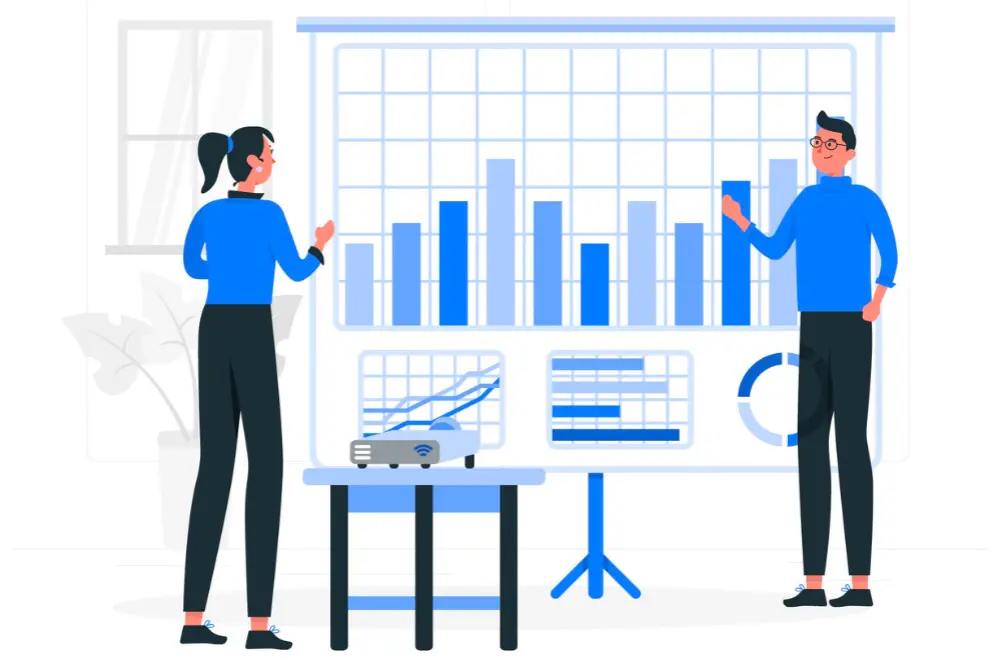Physical Address
304 North Cardinal St.
Dorchester Center, MA 02124
Physical Address
304 North Cardinal St.
Dorchester Center, MA 02124

Efficiency is the cornerstone of success in today’s hyper-competitive professional landscape. Whether it’s about achieving organizational goals or meeting individual benchmarks, the way time is managed can significantly influence outcomes. Businesses that operate with streamlined workflows and minimal waste often rise above their peers.
Time tracking data serves as a powerful mechanism to achieve such efficiency. By providing granular insights into how time is utilized, it allows both individuals and teams to identify areas ripe for improvement. When harnessed correctly, this data can revolutionize productivity and reshape how work is approached.

What is Time Tracking Data?
Time tracking data is a comprehensive record of how time is allocated across various tasks, projects, and activities. It serves as a mirror, reflecting work habits, inefficiencies, and strengths. Far more than a log of hours worked, it is a resource for decoding productivity patterns and making informed decisions about workflow optimization.
Common Tools and Methods for Collecting Time Data
Tools like Toggl, Clockify, and Harvest have made time tracking accessible for teams and freelancers alike. These platforms automate data collection through timers and manual entries, while advanced systems integrate seamlessly with project management software. Traditional methods, such as spreadsheets, though less dynamic, still hold value in specific scenarios.

Identifying Patterns in Productivity
Analyzing time data reveals trends that might otherwise remain unnoticed. Are mornings consistently more productive? Do specific tasks take longer than expected? Recognizing these patterns can inform decisions about scheduling and workload distribution.
Highlighting Bottlenecks and Inefficiencies
Time tracking data exposes bottlenecks in workflows. Whether it’s recurring interruptions, slow task transitions, or redundant steps, such insights allow organizations to eliminate inefficiencies and implement more streamlined processes.
Tracking Progress on Key Goals
Setting measurable goals is only half the battle. Time tracking provides the framework to monitor progress and ensure that efforts align with objectives. By comparing actual time spent against planned allocations, teams can recalibrate strategies in real time.

Task Completion Rates: Measuring Output
Completion rates indicate how effectively tasks are being executed. High rates signify a well-organized workflow, while low rates may point to obstacles or resource mismatches.
Time Spent Per Task: Understanding Workload Distribution
Analyzing the time spent on individual tasks reveals whether the workload is evenly distributed. Overburdened employees or unnecessarily time-consuming activities can then be addressed.
Idle Time: Detecting Opportunities for Improvement
Periods of idle time are opportunities to enhance efficiency. Understanding when and why these gaps occur helps in reallocating resources or restructuring work schedules to maximize productivity.

Choosing the Right Time Tracking Tools
The right tool depends on the team’s specific needs. Large organizations may require robust solutions with analytics dashboards, while freelancers might prefer simpler, user-friendly apps.
Best Practices for Accurate Time Recording
Encourage employees to record time consistently and in real-time. Automation features, such as reminders and integrations, can reduce inaccuracies and boost participation rates.
Setting Clear Objectives for Data Collection
Define what you aim to achieve with time tracking. Is the goal to improve individual productivity, reduce costs, or enhance project timelines? Clear objectives will shape how the data is collected and utilized.

Breaking Down Data into Manageable Categories
Segment time data into categories such as task types, departments, or time periods. This segmentation simplifies analysis and highlights areas requiring attention.
Using Visual Tools Like Charts and Dashboards
Visual representations transform raw data into actionable insights. Heatmaps, pie charts, and dashboards make it easier to identify trends and communicate findings effectively.
Comparing Performance Across Teams or Projects
Benchmarking across teams or projects provides perspective. It reveals best practices and allows underperforming areas to adopt proven strategies.

Streamlining Repetitive Tasks with Automation
Repetitive tasks often drain valuable time. Automation tools can handle these activities, freeing up employees to focus on more impactful work.
Reallocating Resources for High-Priority Activities
Time data shows where resources are being underutilized. By reallocating them to high-priority tasks, organizations can ensure that critical goals are met efficiently.
Scheduling Work Around Peak Productivity Hours
Understanding when employees are at their most productive enables optimized scheduling. Assigning challenging tasks during peak hours can significantly enhance output.

Aligning Team Schedules for Better Coordination
Time tracking data highlights overlapping availability, making it easier to plan meetings and collaborative efforts without disrupting workflows.
Resolving Miscommunication Through Data Transparency
When everyone has access to time data, misunderstandings about workload and deadlines diminish. This transparency fosters a more cohesive work environment.
Encouraging Accountability and Ownership
By tracking individual contributions, time data promotes accountability. Employees become more mindful of their work habits, which can lead to increased ownership and responsibility.

Addressing Resistance from Team Members
Resistance often stems from misconceptions about surveillance. Clear communication about the benefits and respectful implementation can overcome this hurdle.
Avoiding Over-Surveillance: Building Trust with Employees
Balance is essential. Time tracking should empower employees, not micromanage them. Transparent policies and ethical usage build trust and encourage participation.
Ensuring Data Privacy and Compliance
Data privacy laws vary across regions. Ensure that your time tracking practices comply with relevant regulations to protect employee rights and organizational integrity.

Time tracking data is revolutionized by cutting-edge technology, bringing unprecedented efficiency improvements. AI and machine learning leverage this data to predict patterns and provide actionable suggestions, enabling teams to optimize workflows and make smarter decisions. By integrating time tracking data with project management tools, organizations ensure seamless coordination, where real-time insights drive execution and keep projects on track.
Moreover, predictive analytics empowers teams to not only analyze past performance but also anticipate future trends. With time tracking data at its core, businesses can make proactive adjustments, maintain high efficiency, and stay ahead in dynamic environments. Time tracking data truly becomes the foundation for advanced, data-driven strategies.

Encouraging teams to reflect on time usage is crucial for fostering a culture of continuous improvement. By engaging in regular discussions centered around time tracking data, teams can analyze their work habits, identify areas for enhancement, and adapt strategies based on insights. Recognition and rewards for efficiency gains further motivate individuals, reinforcing their commitment to progress and creating a sense of ownership in the improvement process.
Time tracking data becomes even more powerful when combined with employee feedback. This synergy drives a dynamic cycle of process iteration, ensuring that workflows evolve in alignment with organizational needs. Beyond reflecting on past performance, time tracking data also leverages predictive analytics to anticipate future trends, enabling proactive adjustments that sustain efficiency and productivity over time.
Efficiency is not a one-time goal; it is a continuous journey. Time tracking data provides the insights needed to navigate this path with precision. By embracing these practices, organizations and individuals alike can unlock their true potential and achieve greater success. Start leveraging time data today, and watch as efficiency transforms your approach to work.